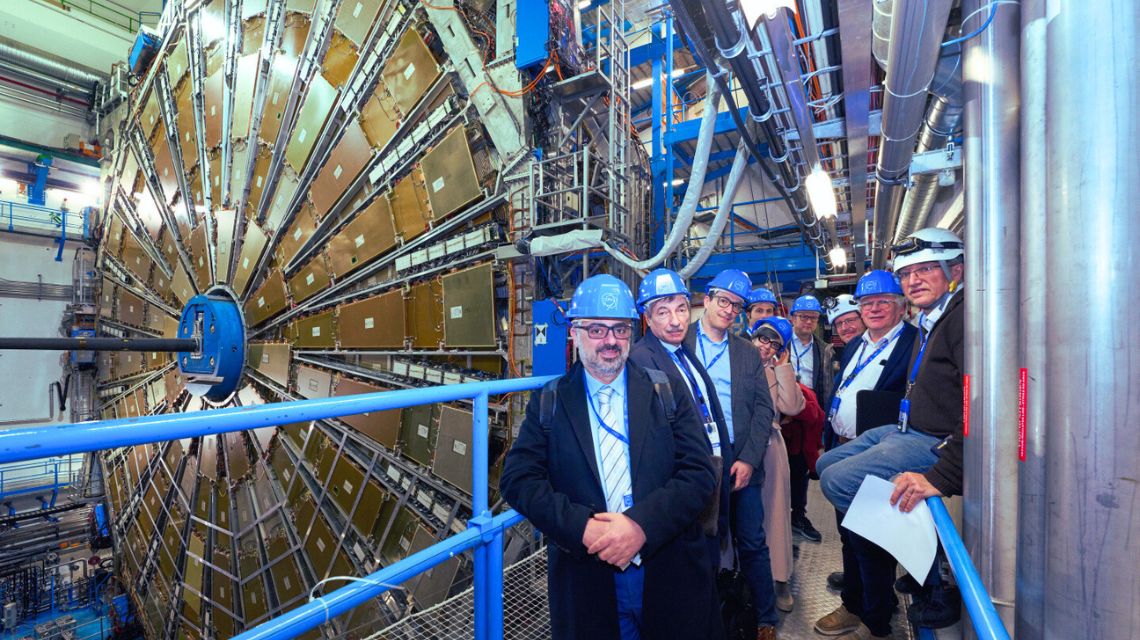Italian National Agency for New Technologies, Energy and Sustainable Economic Development

Research: ENEA-CERN agreement on innovative nuclear technologies
President Gilberto Dialuce meets general director Fabiola Gianotti in Geneva
On the occasion of the launch of the collaboration on innovative nuclear technologies between ENEA and CERN in Geneva, ENEA president Gilberto Dialuce and head of the Nuclear Department Alessandro Dodaro met CERN general director Fabiola Gianotti in Geneva.
The two institutes will work jointly on research and development activities in the following sectors: elementary particle physics; detectors; advanced particle production systems; design and validation of innovative nuclear systems like fourth generation fast reactors, thermonuclear fusion and production of radionuclides for medical applications.
“The agreement with ENEA arises from the particular interest shown by CERN in the heavy liquid metal technologies available at our Brasimone Research Center (Bologna). To this regard, we will launch activities including high energy experiments such as the Muon Collider (target for proton beams for the production of muons) and the Future Circular Collider (target for photon beams), a project for an absorber liquid metal for the Beam Dump Facility (proton beam absorber of the Super Proton Synchrotron) and test technologies at the HiRadMat facility", said ENEA President Gilberto Dialuce.
ENEA and CERN will also collaborate on the Compact Muon Solenoid (CMS) experiments, part of the Large Hadron Collider (LHC) particle accelerator used for studies on the Higgs Boson, and n_TOF, the CERN Spallation neutron source[1] designed by Carlo Rubbia in the late 1990s and operational since 2001. The facility uses the 20 GeV[2] proton beam that impinges on a lead target to generate neutron beams with a broad-range energy spectrum, which are used for very high resolution neutron cross section measurements.
“The nuclear data obtained from the experiments will provide the essential support needed to innovate and design technologies: for fourth generation reactors we will aim to improve the safety and security characteristics and disposal of radioactive waste through the incineration of long-lived nuclides; in fusion reactors we will study the impact of high irradiation conditions on innovative materials for future systems", pointed out the head of the ENEA Nuclear Department Alessandro Dodaro.
All activities will be carried out by the ENEA Nuclear Energy Systems Division directed by Mariano Tarantino, in collaboration with researchers Alberto Mengoni, Patrizio Console Camprini and Donato Castelluccio of the Nuclear Department.
